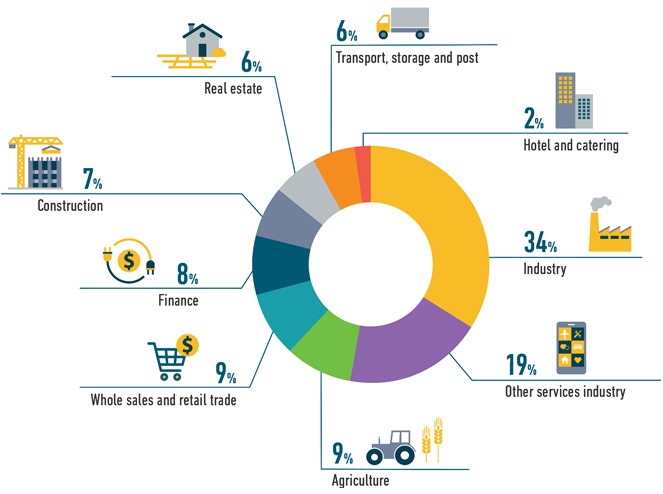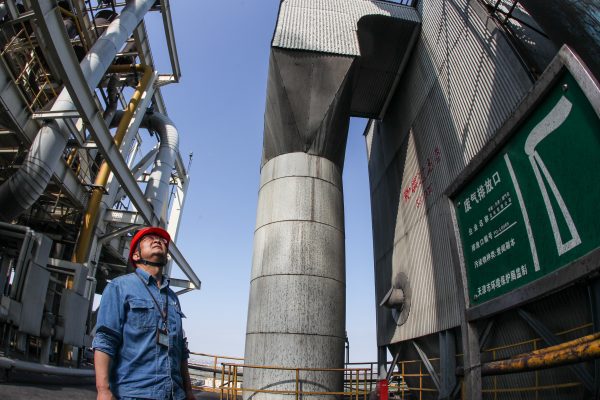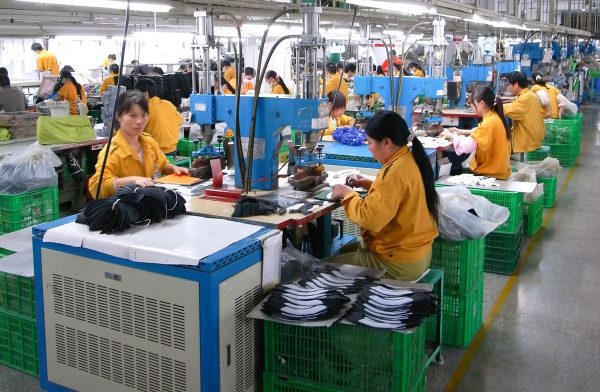China
The world’s industrial powerhouse turns to energy efficiency to power its green economy
As climate change and pollution influence Chinese policy, energy efficiency and conservation strategies are gaining ground among national decision-makers and major industrial players. Between 2000 and 2015, several leading companies made impressive headway and energy efficiency improved by 30 per cent.
Engaging energy intensive micro, small and medium industrial enterprises, while promoting efficient technology abroad, is key to significantly reducing emissions and furthering the vast potential of China’s energy efficiency market.
Why is industrial energy efficiency important for China?
Energy efficiency can improve air quality, and provide more sustainable livelihoods options to around one third of China’s 1.4 billion people who depend on the industrial sector.
The industrial sector represented 34 per cent of national GDP in 2015. As the Chinese economic boom inevitably slows, the country’s industrial backbone is looking for more ways to cut costs and reduce its power bill through efficiency.
China is the world’s largest emitter of greenhouse gas emissions. During the 2015 Paris Climate Change Conference, China made a commitment to drastically reduce emissions and its dependence on coal. Alongside a host of new energy efficiency laws, regulations and standards, China set an ambitious five-year target to reduce energy consumption and mitigate climate change.
Accelerating industrial energy efficiency in China
China’s commitment to industrial energy efficiency has been impressive. The International Energy Agency even refers to the country as ‘the world heavyweight’ when it comes to making progress on energy efficiency. The industrial sector is central to the economy and will play a major role in the country reducing GHG emissions and meeting its targets, with energy efficiency being a key part of the solution. However, several financial and regulatory barriers are limiting the energy efficiency potential of small to medium industrial enterprises.

Sub-sector GDP contribution in 2015, NBS, 2017
Key service areas
Advocacy and policy support
While China’s commitment and progress on industrial energy efficiency has drawn global acclaim, there is still room for policy improvement and wider dissemination beyond the country’s borders. In close partnership with government and local stakeholders, the Accelerator is working to promote the integration of industrial energy efficiency and low-carbon technologies along the Belt and Road Initiative, a strategic trade network for Chinese goods and services involving 152 countries.
Financing solutions
The Accelerator is analyzing a number of low-carbon financial incentives to catalyze industrial energy efficiency. Incentives including tax relief and concessional loans are seen as the next strategic step to drive China’s energy efficiency revolution further.




